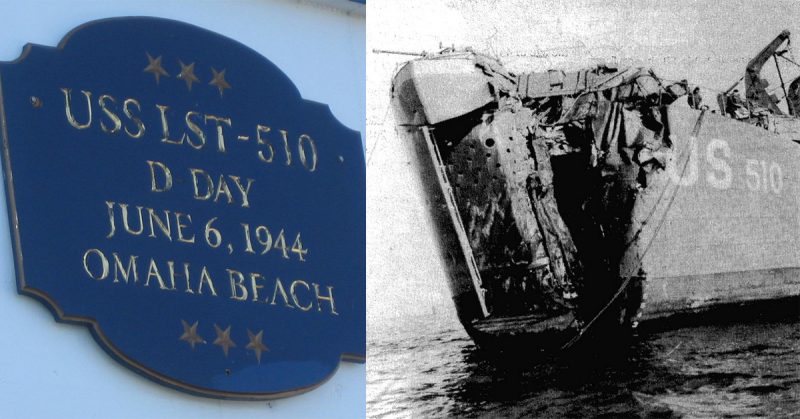Among their crews it was joked that LST stood for “Large Slow Target.”
The D-Day operation took place almost eighty years ago. Practically every single ship, plane, and tank, and even the men, who took part in this operation have been retired, scrapped, or passed away. All over the world, veteran planes and ships from this operation continue to live honored and comfortable retirements in museums and as displays. But incredibly, there are a few D-Day ships that still earn their keep with active careers.
One of these is more unlikely then the rest as it was designed to be a short-lived assault craft. While most of her sisters were scrapped long ago, this one still carries on today, albeit in a very modified form.
This lone hard-working survivor is now the car ferry known as the M/V Cape Henlopen, but she was once known by the military designation of LST 510.
The Landing Ship, Tank (LST) was an American innovation designed to allow the landing of both armored and unarmored vehicles on a beach instead of requiring a port. These vessels were crewed mostly by reservists and Coast Guardsmen who were as new and inexperienced as the ships they were on.
The LST looked and functioned like a cargo ship in that it was designed to transport large numbers of vehicles, which were loaded on conventionally at a port. From that point its performance was entirely different, however. The LST had a secret weapon: a ramp hidden inside a door on its bow. It was also designed with a smooth flat bottom to enable it to sail directly up onto or as close to shore as possible.
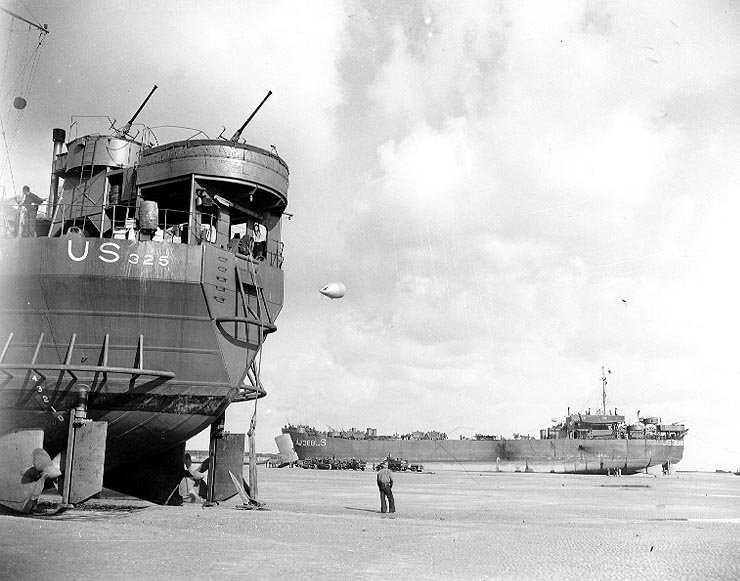
It would beach itself, open its bow doors, drop the ramp, and then allow vehicles to drive out onto a beachhead and go directly into combat from there. This avoided a need for docks or cranes to unload vehicles, shaving hours or even days off the time typically needed to get armor into the battle.
LSTs are credited by some, including General Eisenhower, as one of the inventions that allowed the Allies to win the Second World War. With the LST delivering armor with no port facility needed, they could concentrate more forces into an invasion area faster than the enemy could reinforce their defenses.
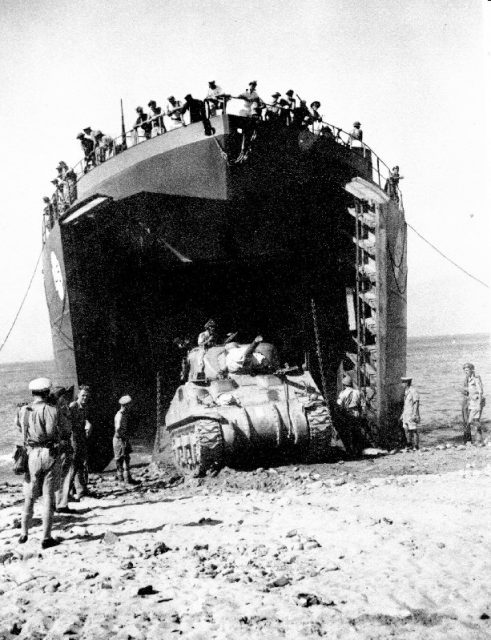
LSTs saw service around the globe during WWII, getting most of their fame in Normandy and the Pacific island-hopping operations. But the Navy lost a large portion of their number in the process.
LSTs were mass-produced and designed to have short service lives. They were designed to fulfill a purpose, not to be comfortable, or fast, or even heavily-armed. They were susceptible to bad weather, mechanical breakdowns, and enemy attacks at any time. Many were lost to accidents but many more to combat damage.
Among their crews it was joked that LST stood for “Large Slow Target.” Many of them would not survive the war or post-war scrapping of the massive fleet that was built in the course of the war.
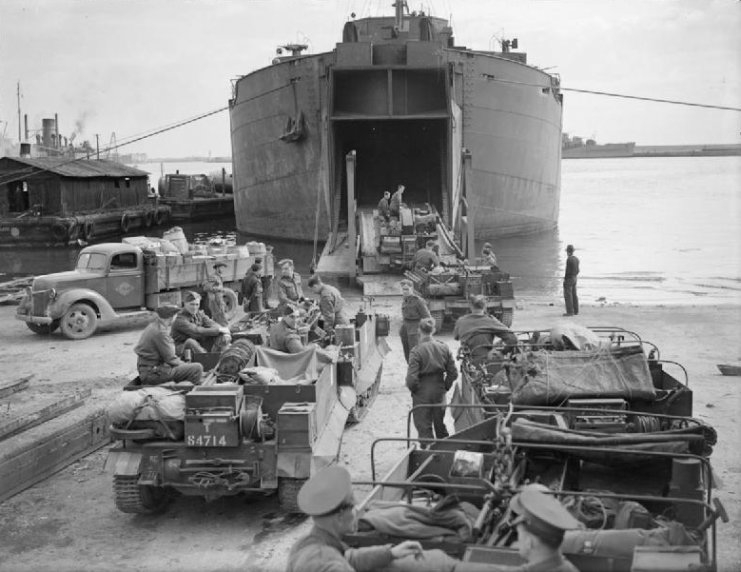
Surprisingly enough a few do live on in Third World navies or as museums. The Philippines still use two even today as fishery vessels and a floating barracks. Several other navies have them floating around, though mostly as storage vessels at this point. No first line navy still uses one.
https://youtu.be/OZR6PlgW1zU
There is only one in North America still in active everyday use, but you’d never know it to look at her. LST-510 was built in 1943 in Jeffersonville, Indiana. She was quickly sent overseas and served at Normandy, delivering supplies on June 6 to the bloody cauldron that was Omaha Beach. She ran several voyages, delivering vehicles and supplies for the invasion forces.
Her career was mostly marked with mishaps unfortunately. Lots of groundings and breakdowns made her somewhat a hard luck ship. She was being prepared to aid the fight against Japan when the war ended.
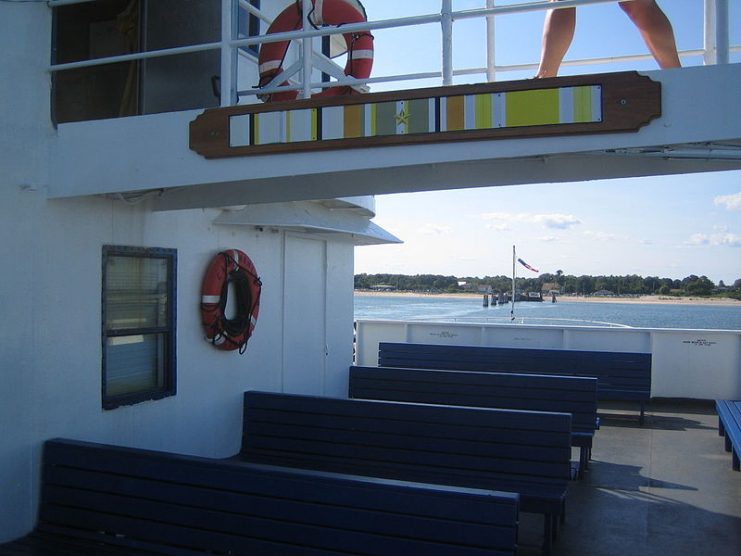
After the war she continued in naval service but was mostly in the inactive fleet. The Navy eventually renamed her the Buncombe County after a region in North Carolina. She would continue to serve until 1955.
She was then taken out of commissioned service and sold into commercial hands. She was converted to become a car ferry. Changing names and owners multiple times, she eventually ended up serving as a car ferry between Connecticut and Long Island.
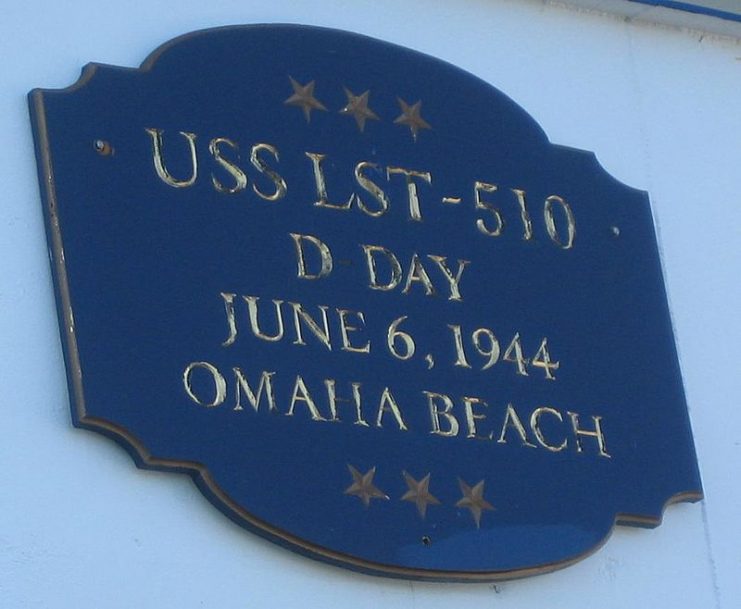
Read another story from us: From Texas to Japan aboard a LST – Putting The Men Ashore To Win The War
In 1983 she underwent a refit and modernization which removed most clues to her wartime service. The most you will see, unless you know where to look, is a plaque and decorations on her rebuilt bridge wings.
She was given new engines in 1995 and is still in service with no planned date of retirement. This last D-Day vet is still proudly sailing the ocean in her 8th decade. If you go to Connecticut or Long Island, keep an eye out for this old veteran on her daily runs.
